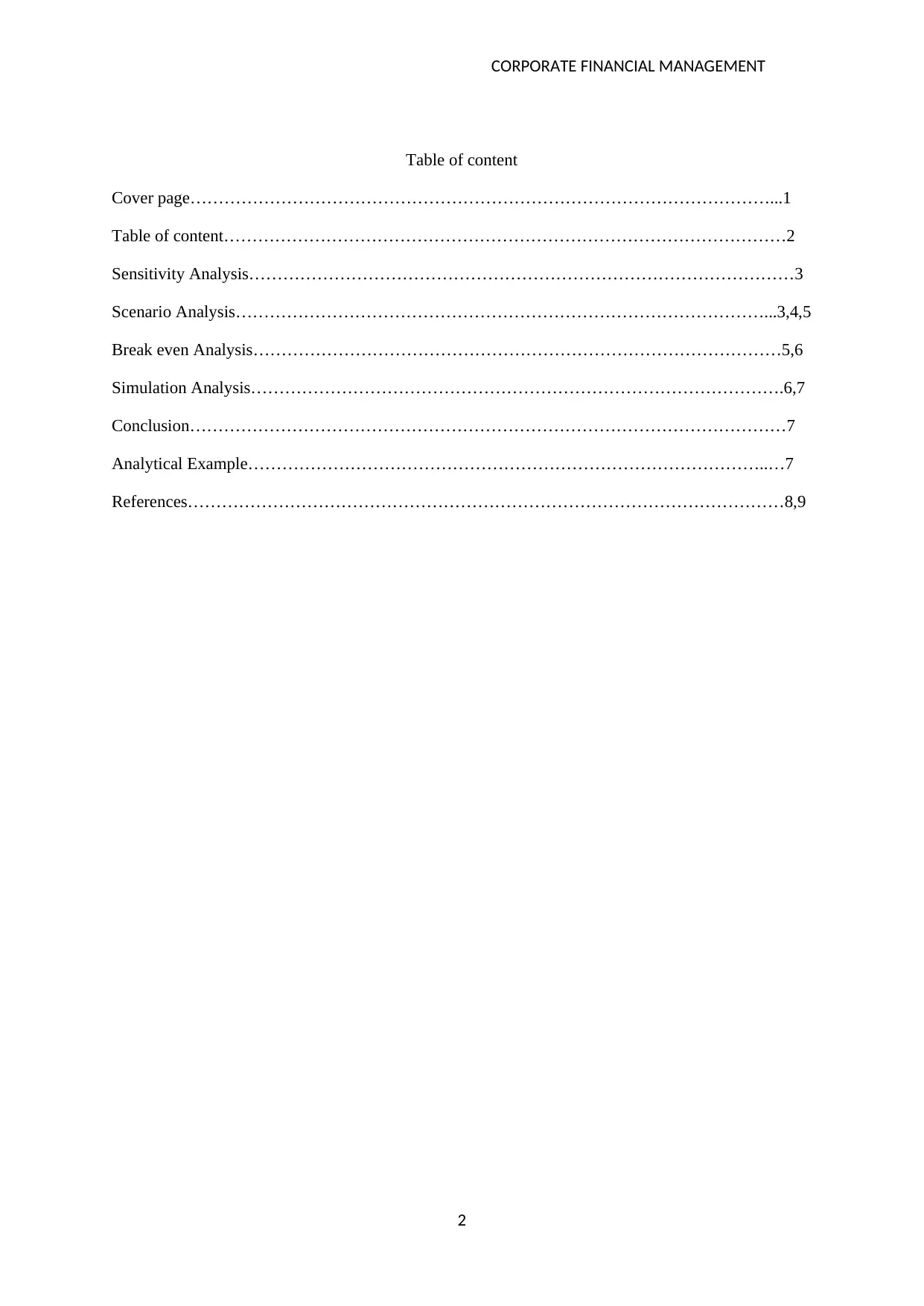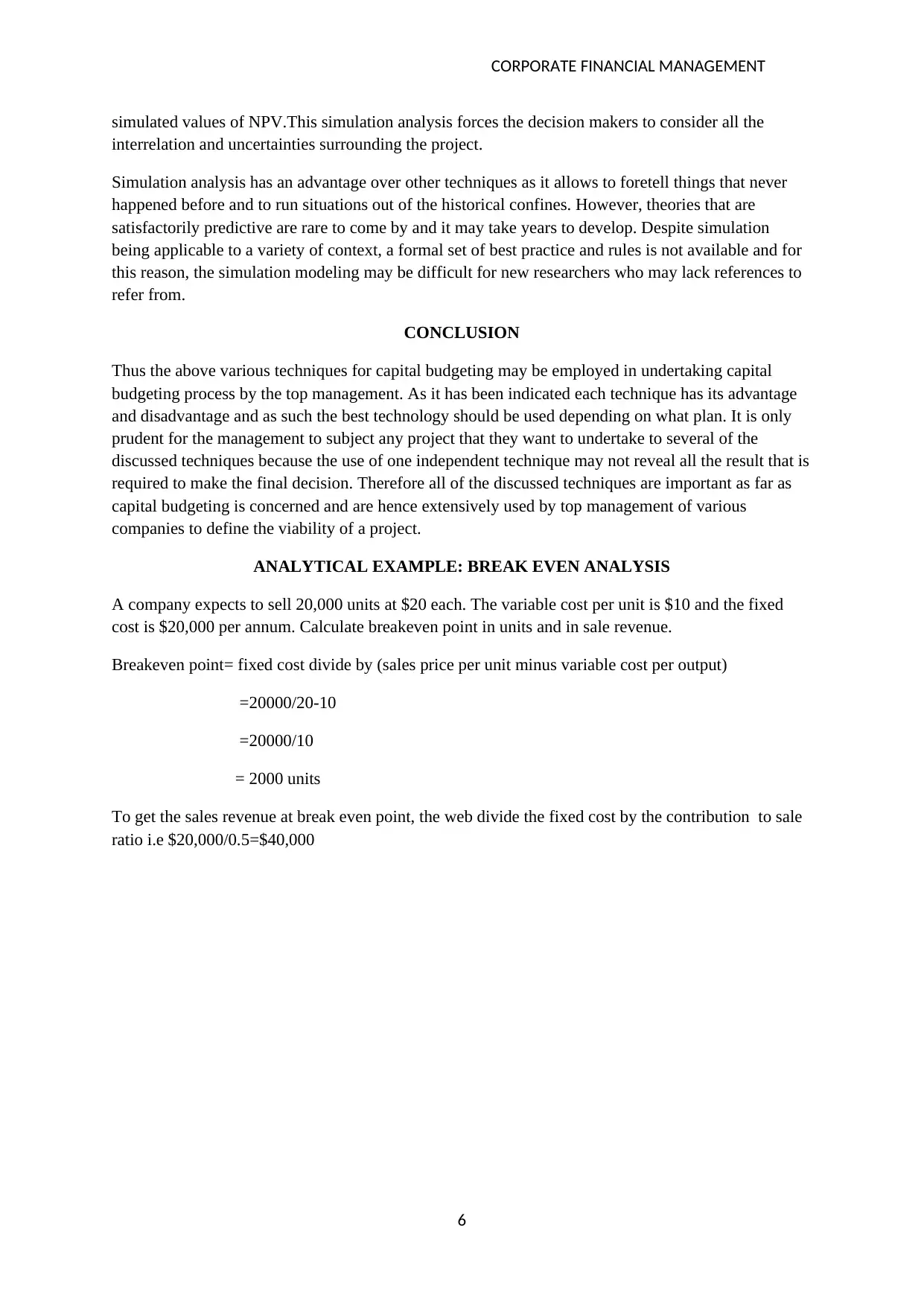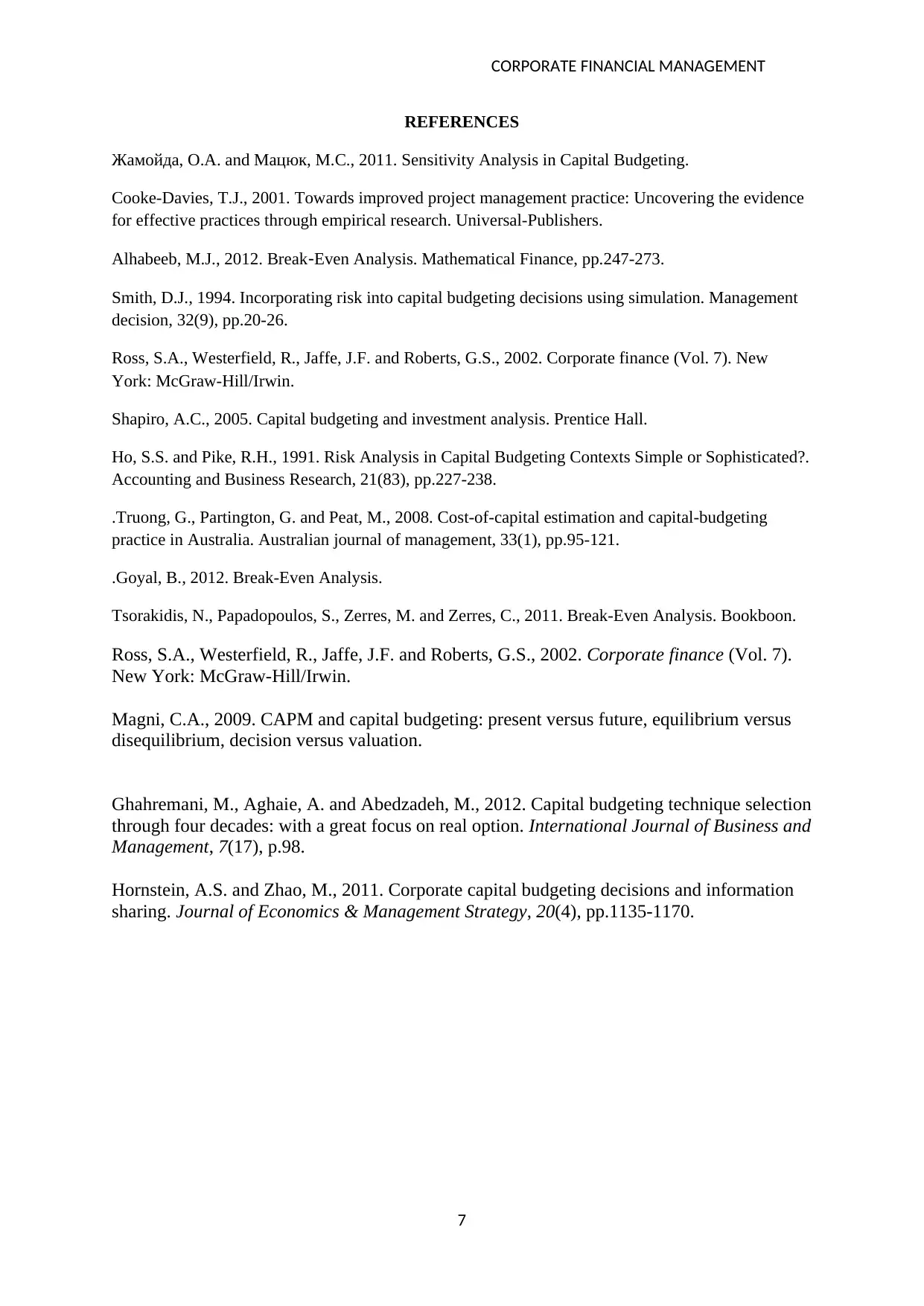Break-even analysis is a technique used in capital budgeting to determine the effect of efficiency and cost on overall profitability, while also analyzing variable and fixed costs. It helps predict the impact of changes in prices and calculates profits and losses at different sales levels. However, it has limitations such as assumptions that sales prices do not change with output and production/sales may not be equal. Simulation analysis is another method used to forecast outcomes by modeling projects, calculating NPV values, and repeating steps to obtain simulated results. It allows for predicting uncertain events and considering interrelations. While both techniques have advantages and disadvantages, they are important tools in capital budgeting and can help management make informed decisions.
![[object Object]](/_next/static/media/star-bottom.7253800d.svg)
![[object Object]](/_next/static/media/star-bottom.7253800d.svg)







